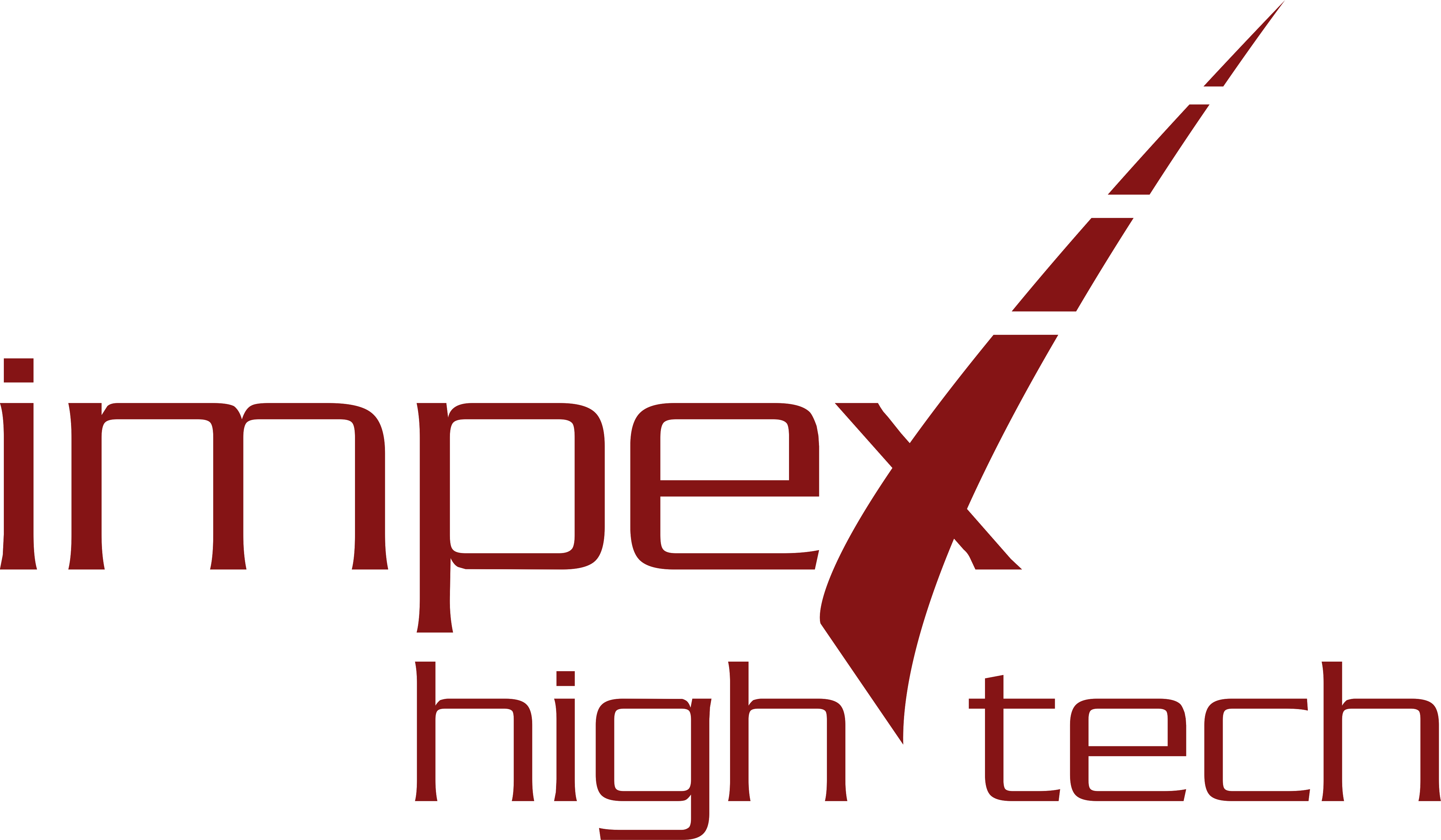Lithium fluoride
Material
LiF
Lithium fluoride (LiF) has the smallest transmission edge in the VUV range. This is 0.116 µm. Here, 50 % of the incident radiation is already transmitted. In the wavelength range of around 0.2-6 µm, the transmission percentage is over 90 %. The material has a low refractive index, which means that an anti-reflective coating is not necessary in the optics. At temperatures above 400 °C, lithium fluoride is degraded by humidity, but can be used in dry environments up to 600 °C. The material is sensitive to thermal shock. Lithium fluoride is grown using the Czochralski or Bridgman method.
Thanks to its transmission properties, lithium fluoride is the preferred material for the production of optics for the VUV range. The material is also used as a passive Q-switch for active laser elements or as an X-ray monochromator. For X-ray applications, it is essential that the lithium fluoride does not exhibit any disruptions in the crystal lattice.
Properties
Spectral properties

Sample thickness: 2 mm

